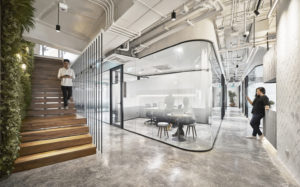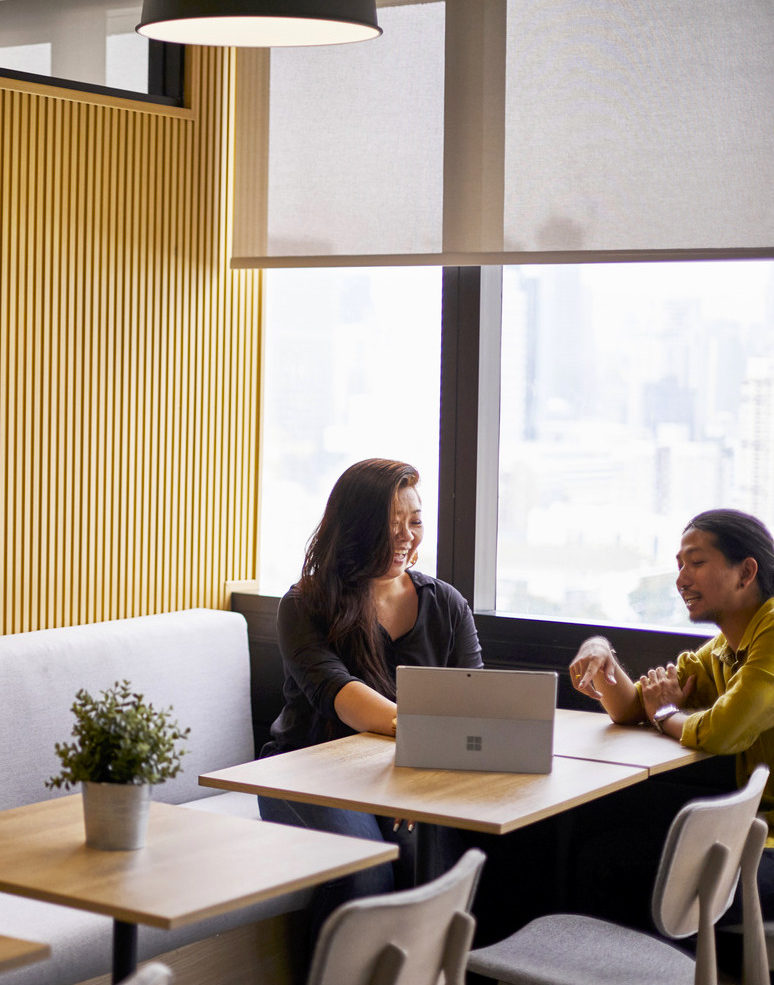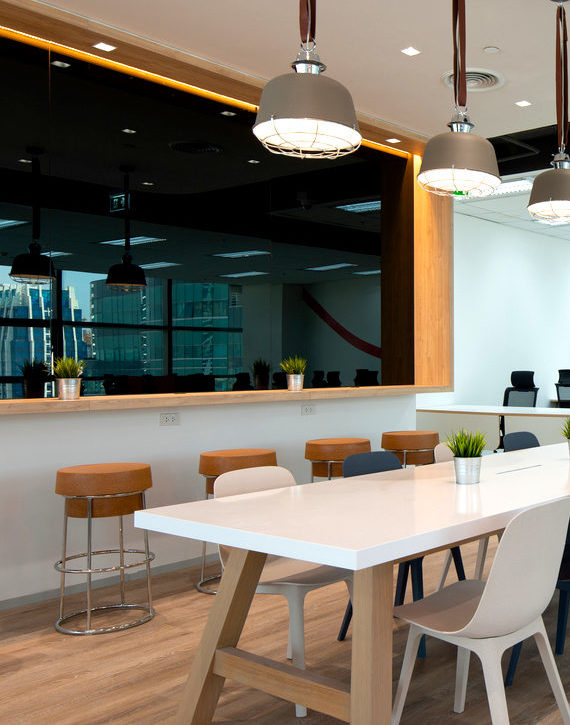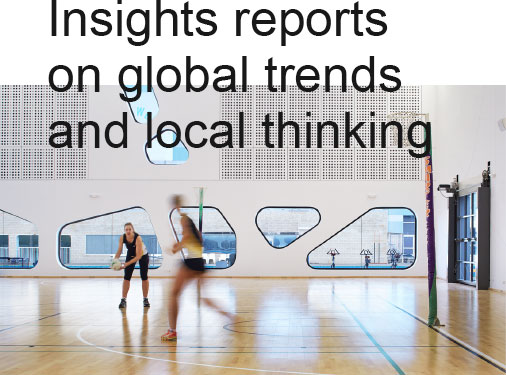Sustainable design for a healthy business and healthy people

Humans gravitate towards nature. A fact you might be forgiven for forgetting in the middle of the urban sprawl.
Sustainability-thinking architects and interior designers are however trying to minimise the negative impact of buildings on the environment; with energy-saving technology, sustainable materials, recycling, repurposing; and plants.
Although there is a perceived struggle between the cost of sustainably designed workspace and workspace with more ‘business value’, the truth is that sustainable designs not only save energy and natural resources but also increasing the wellbeing of staff within those spaces. Harvard studies indicate that green spaces are quite literally a breath of fresh air. Sustainable design not only plays a huge role on our wellbeing at work, but also at home. Green-certified offices have as much as a 26% boost in cognition, 30% fewer sickness related absences and a 6% rise in sleep quality. “With an expanded value proposition that now includes productivity along with energy and water savings, we hope more building investors, owners and tenants will choose green building. The research demonstrates that green building is not only good for the environment but also for people – that is a powerful combination.”
Ideally, sustainable design is integrated from inception to completion: maximising the use of natural light, airflow and purchasing responsibly sourcing fixtures and fittings. But, if it’s a bit late, there are a number of ways to add green to your team:
-Indoor plants and natural light are proven to increase creativity, problem solving, decision making and even sleep quality (which in turn increases productivity).
-Internal comfort levels – too hot or too cold? It’s not just a question of the electricity bill, discomfort is shown to lessen productivity and focus.
-Digital transformation and paperless work ethics.
In dwp’s design for the Glowfish coworking space, sustainability was a basic consideration. In the construction, material waste was minimised substantially by retaining up to 60% of the existing infrastructure. The active reception with barista bar and hot desk working area is a hub formed from concrete and surrounded by a natural, green environment. The design reflects the inclusive culture and partnership approach to working with clients.
If you would like to know about how we can work with you to design a more sustainable business (and a happier, more productive team) contact scott.w@dwp.com
Tags: Abu dhabi, Agile workspace, Archi, Architect, Architecture, Artist, Asia, Bangkok, Bar, BIM, Blog, Boutique, Business, Civic, Construction, Content, Creativity, Culture, Design, Designer, Digital, Digital technology, Digital transformation, Digitisation, Drink, Dubai, Education, Experience, F&B, Food, Future, Health, Hicap, Ho chi minh, Hospitality, Hotel, Hotel design, Information, Innovation, Interior, Interior design, Interior designer, Interview, Knowledge, Lebua, Lifestyle, Luxury, Luxury design, Luxury interior, Marriott, Profile, Residential, Restaurant, Saigon, Sky, Studio, Success, Sustainibility, Tech, Technology, Thailand, Trends, Video, Vietnam, W hotel, Women






